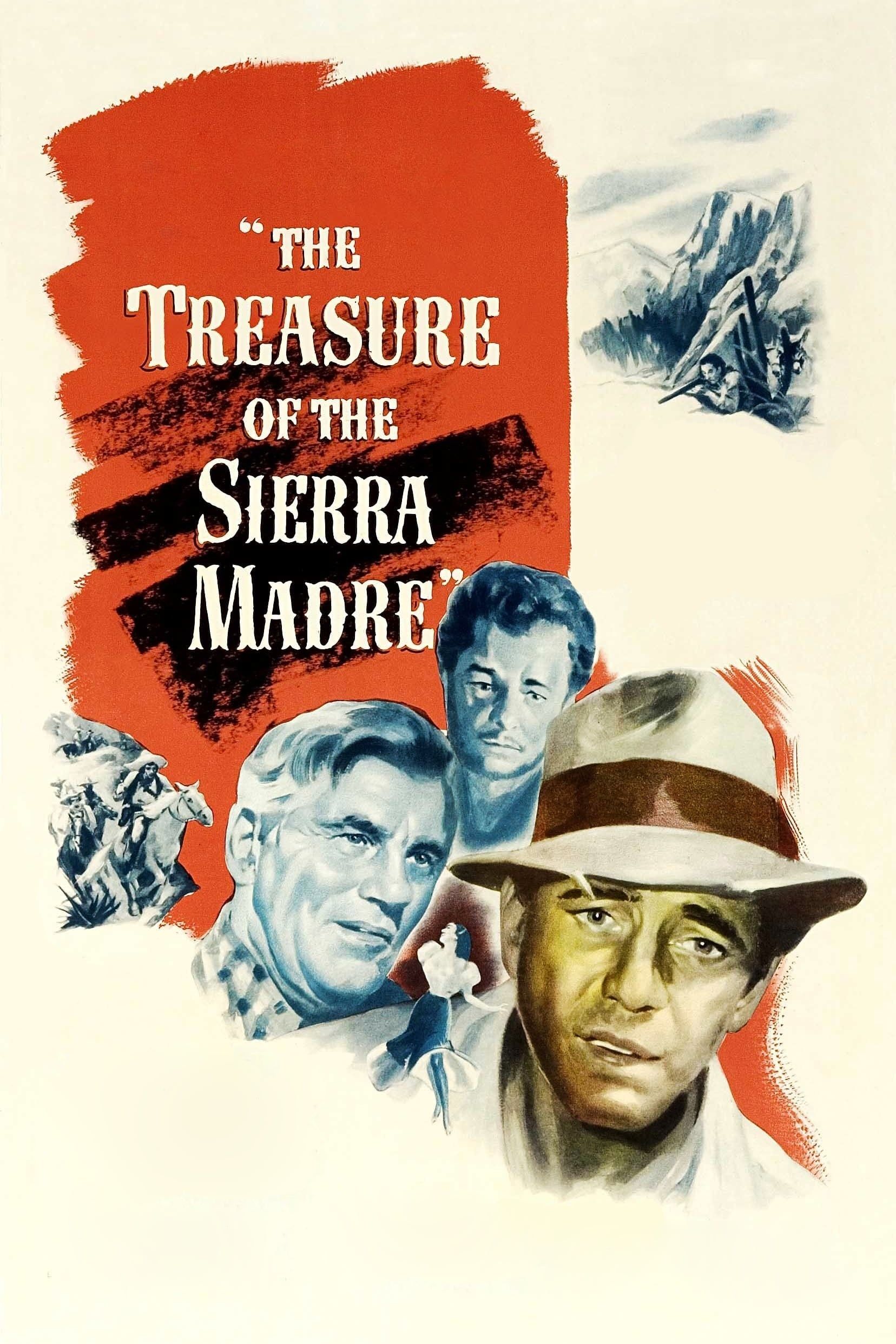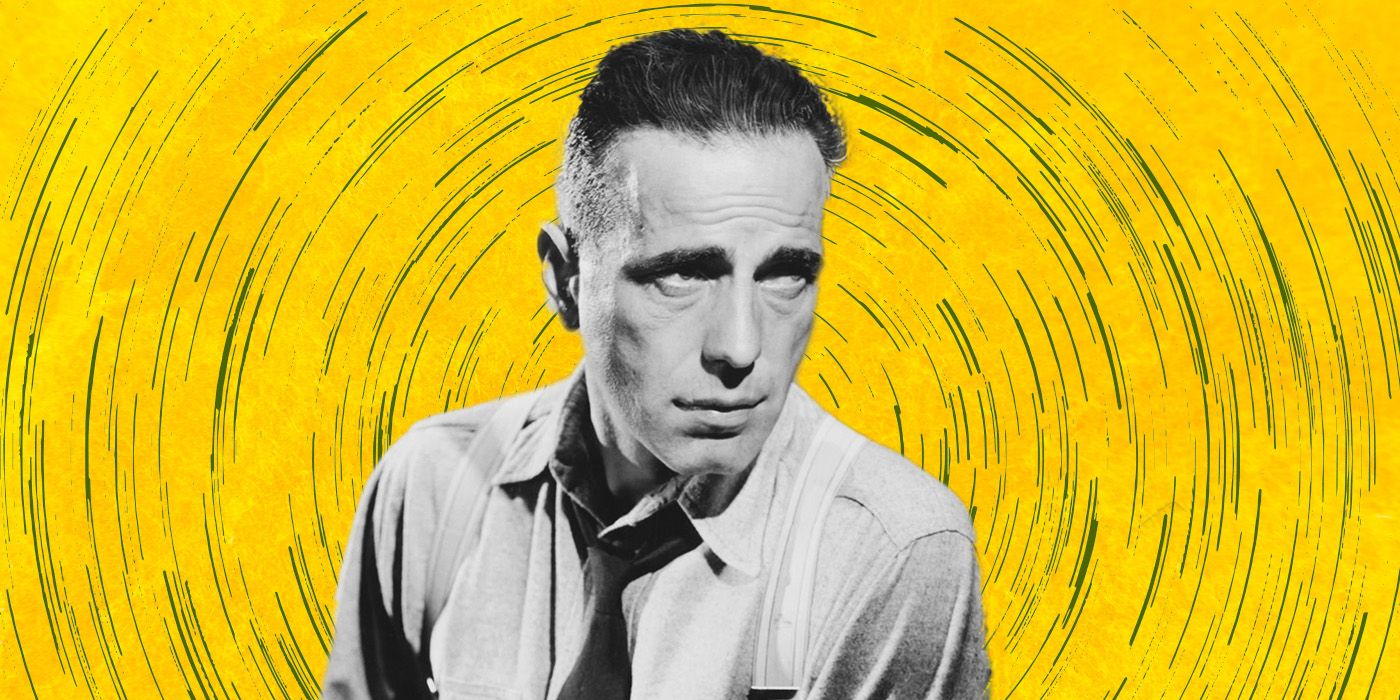There’s one specific moment from the bleak 1940s Western that had some difficulty getting past film censors.
The Big Picture
- John Huston was a filmmaker who had a significant impact on the film industry, creating finely crafted and timeless films that are still enjoyable for modern audiences.
-
The Treasure of the Sierra Madre
explores the corrupting nature of greed through the character of Dobbs, showcasing how his sense of entitlement leads to tragic consequences. - The film’s original ending, which depicted a more graphic death for Dobbs, was censored due to restrictions on violent content. However, Huston still managed to convey the dark side of Humphrey Bogart’s character.
Few filmmakers have had quite as significant an impact on the industry at large as director John Huston. The impressive scale and specificity of emotion that Huston derived from his projects made his films immensely entertaining. Many of Huston’s best films, such as The Maltese Falcon, The African Queen, The Man Who Would Be King, Key Largo, or The Misfits haven’t aged a day; they’re so finely crafted that they hold up just as well for a modern audience. While Huston is often thought of as a “populist filmmaker” because of how enjoyable his films are, that shouldn’t suggest that he was in any way cautious about exploring the darker side of genre storytelling.
Huston’s game-changing 1948 adventure film The Treasure Of The Sierra Madre is among the bleakest Westerns of the classical era and shows the corrupting nature of greed in explicit detail. There’s one moment from The Treasure of the Sierra Madre that was so disturbing, it gave Huston difficulty getting the film past censors.

The Treasure of the Sierra Madre
Two down-on-their-luck Americans searching for work in 1920s Mexico convince an old prospector to help them mine for gold in the Sierra Madre Mountains.
- Studio
- Warner Bros. Pictures
- Director
- John Huston
- Cast
- Humphrey Bogart , Walter Huston , Tim Holt , Bruce Bennett , Barton MacLane
- Runtime
- 126 Minutes
- Release Date
- January 24, 1948
- Studio(s)
- Warner Bros.
‘The Treasure of the Sierra Madre’ Shows the Danger of Greed
The brilliance of The Treasure of the Sierra Madre is that it starts like any other adventure film. The story is set in 1925, and centers on the American drifters Fred C. Dobbs (Humphrey Bogart) and Bob Curtin (Tim Holt). Dobbs and Curtin search for work in the small Mexican town of Tampico and soon join forces with an older man, Howard (Walter Huston), who claims to know the area’s riches. Although Dobbs and Curtin have their doubts about Howard at first, their partnership soon proves to be advantageous. During a work trip in the Sierra Madre mountains, Howard spots signs of gold that they could feasibly uncover. Although their partnership is initially one that is made in good faith, Dobbs begins to feel the corrupting influence of gold. It was a much darker role for Bogart — someone who had traditionally played heroes.
The film works as well as it does because Dobbs is initially presented in a sympathetic light. The film wasn’t set so far in the distant past that audiences couldn’t relate to it; labor shortages were always a factor, and Dobbs’ economic disenfranchisement made him an empathetic character. The film does a great job of showing how each member of the trio reacts differently to the notion of buried gold. Curtin and Howard realize that the recovery of the gold could change their lives, and they are willing to take the opportunity to improve their circumstances. However, Dobbs sees the gold as his reward for the lifetime of labor that he has already waged. His sense of entitlement dooms him to a tragic fate. This was Huston’s way of dissecting the “treasure movie” genre that was popular at the time.

Humphrey Bogart Walks a Fine Line Between Good and Evil in This Film Noir Classic
Bogart delivers yet another complex and nuanced performance in this underrated feature.
How John Huston Teed Up ‘The Treasure of the Sierra Madre’s Graphic Nature
After the gold is uncovered, Dobbs becomes increasingly agitated as they begin to interact with villagers outside their circle. The trio is threatened by a Texan named Cody (Bruce Bennett), who attempts to steal their gold to provide for his family. While ultimately Howard and Curtin agree to part ways with a portion of their gold to provide for Cody’s family, Dobbs is unwilling to do the same. This provokes increased arguments between Dobbs and Curtin; Dobbs begins to feel so anxious about losing out on his newfound riches that he turns into an embittered anti-hero.
Unfortunately, Dobbs pays the ultimate price for his greed when he decides to strike out on his own. Despite how rewatchable The Treasure of the Sierra Madre is, Huston did not shy away from the graphic nature of the film’s ending.
Humphrey Bogart’s Character’s Death Was Hit With Censorship
Following his break with Howard and Curtin, Dobbs is pursued by the bandit Gold Hat (Alfonso Bedoya), whom the trio had been warned about during their arrival in the mountains. Gold Hat and his gang of bandits easily overwhelm Dobbs and kill him. It’s a brutal sequence, as Dobbs realizes after a series of threats from Gold Hat’s men that he will not survive their encounter. The scene works brilliantly because Dobbs begins to realize what he did wrong; he only understands at the last moment that his greed got the better of him and that he never should have betrayed his friends. While the sequence is essential for The Treasure of the Sierra Madre to make its thematic point, Dobbs’ death incited controversy because of the onscreen depiction of violence. Unfortunately, The Treasure of the Sierra Madre is one of the many films that was creatively limited due to the constraints of the rating system.
In the original 1927 novel of the same name, Dobbs is decapitated by Gold Hat’s men. Although Huston intended to stay true to the source material, a shot of Dobbs’ head rolling down the side of the hill incited outrage from the Motion Pictures Production Code board. The strict parameters for the amount of violent content prevented Huston from showing the more graphic details of Dobbs’ demise. To cover up the details, a replacement shot of Gold Hat attacking Dobbs was put in its place. Even though Dobbs’ head isn’t seen falling into a local watering hole, the intention of the scene is still clear. Even though Huston was able to stay true to the novel’s original ending, his star wasn’t all that happy about his big death sequence getting cut short. In a statement by Warner Brothers’ publicity department, Bogart expressed his “disappointment that the scene couldn’t be shown in all its graphic glory.”
The Treasure of the Sierra Madre is remembered as being one of Bogart’s best films. Dobbs begins the film with somewhat pure intentions, and Bogart does a great job at showing how he slowly begins to give up his morals as he becomes obsessed with treasure. While it may not have given him the brutal death scene that the novel described, The Treasure of the Sierra Madre showed that one of Hollywood’s most heroic leading men had a dark side to him.
The Treasure of the Sierra Madre is available to rent or purchase on Apple TV+ in the U.S.
This article was originally published on collider.com


